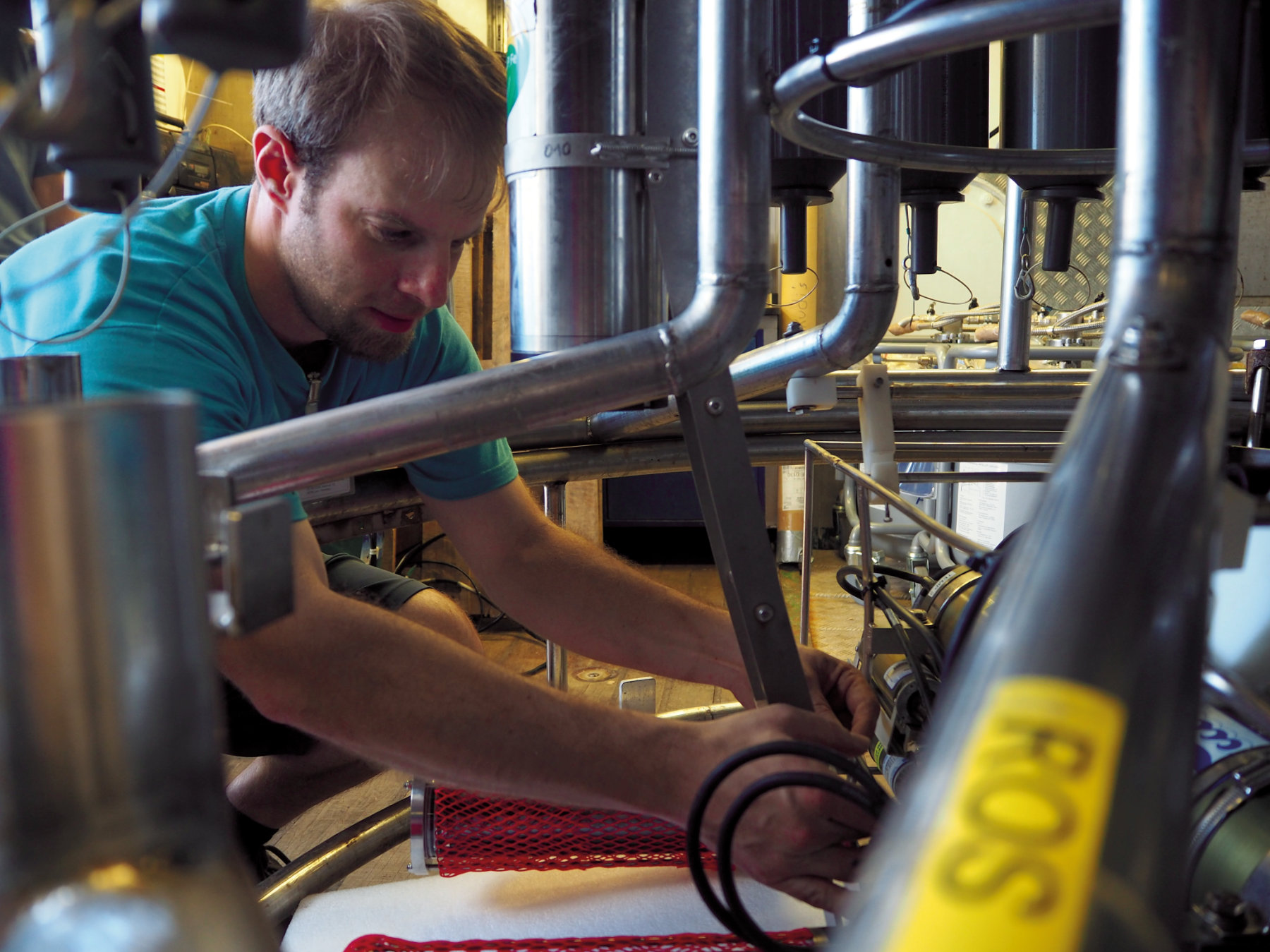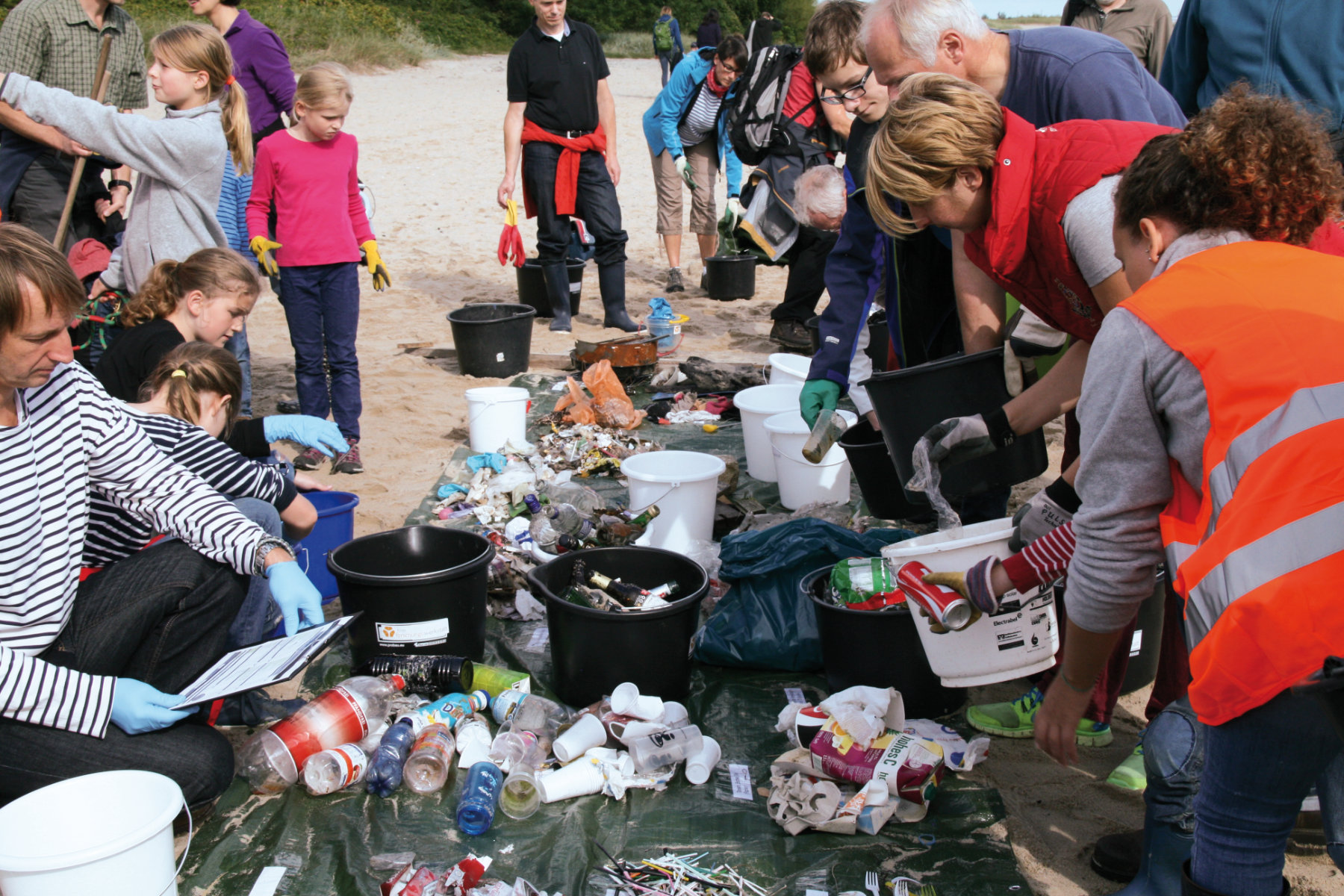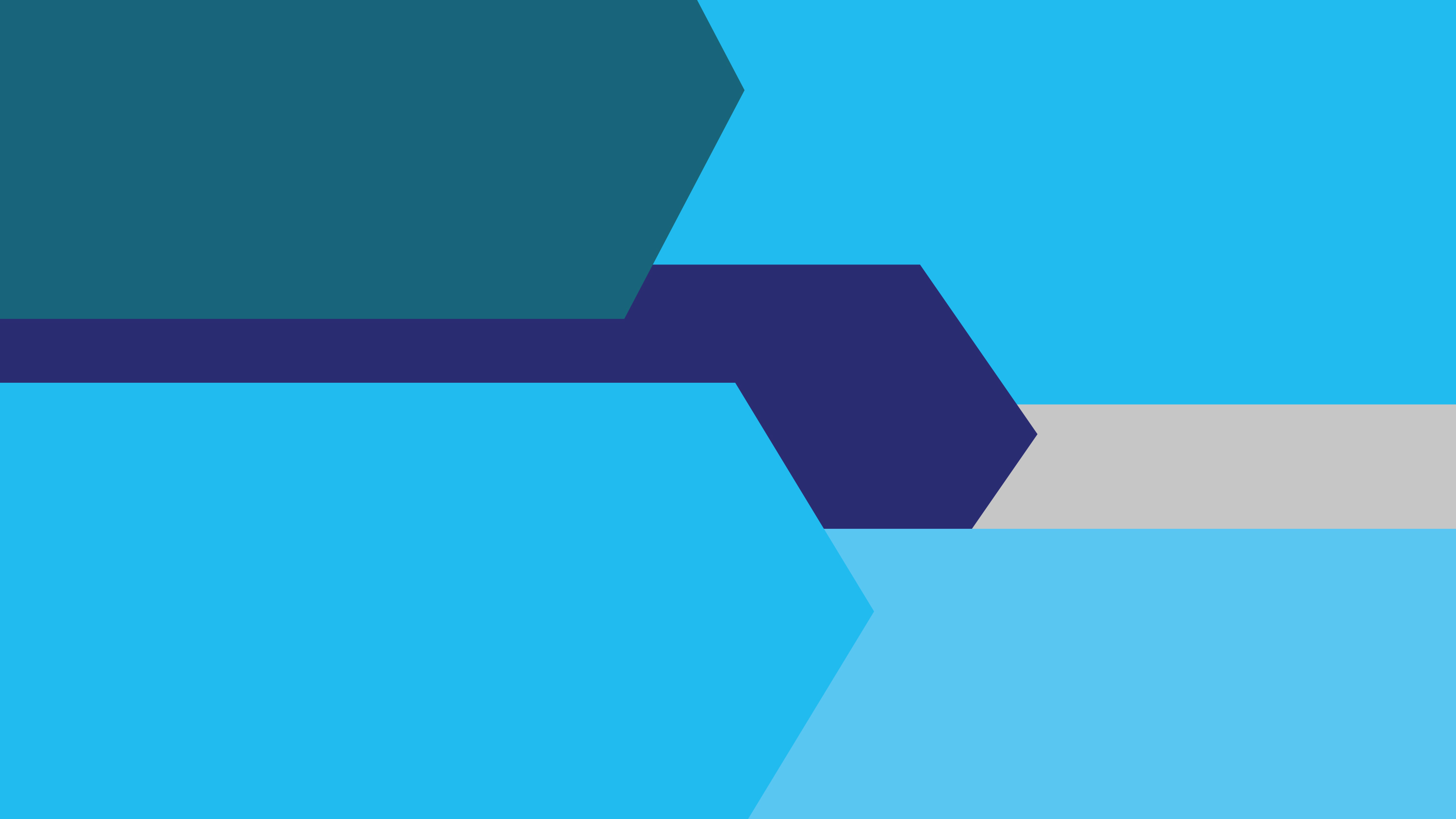There has always been "citizen science," in which people who are not professional scientists join in the scientific process. It has been especially important in observational sciences such as astronomy, geology, botany and meteorology.
Now citizen science is growing as a novel way to conduct research. The IT revolution has made it simpler for people to join in scientific projects, and there is more awareness of the need for citizen science as connective tissue between researchers and the public. Laypeople, students and school pupils participate in research projects, often by collecting or verifying data. They have the potential to provide a massive workforce for scientists wanting to conduct labour-intensive projects.
There are four levels of cooperation between professional research and laypeople: Cooperation, Collaboration, Co-production and Co-design. While Coop-eration allows research projects to access someone's resources, for example computing power on unused desktop PCs. Collaboration means that people support research actively by collecting data for a project designed by scientists. The data is sent to a data hub, and is analysed and published by a professional science team. An example would be a project in which people collect mosquitoes in their neighbourhood and submit pictures of them to a project web page, in order to map the occurrence of different mosquito species.
Citizen Science Co-production projects actively involve the public in the analysis and interpretation of the research data, while in Co-designed projects, laypeople and researchers work together at all levels, including the initial design of the research project as well as data acquisition and analysis. The most appropriate level of citizen science cooperation depends on the scope of the project and the motivation of everyone involved. In Kiel we are experimenting successfully with a number of citizen science projects, large and small, in order to gain knowledge of what strategies are useful, which project designs may be successful, and what the additional benefit of these interactive projects may be.
Coastwards
People like nothing better than a visit to the seaside. Why not combine your fun with some scientific research? Coastwards is an online platform which makes this positive experience easier. It helps citizen scientists anywhere in the world to gather data for research into sea-level rise. Participants go to www.coastwards.org and upload images of coasts to a world map. They do this anonymously, and for privacy reasons, the images have to contain no faces. Other citizen scientists then categorise the images, for example into rocky, sandy or icy coast. This data is incorporated in a spatial coastal database which underlies the Dynamic Interactive Vulnerability Assessment (DIVA) modelling framework, run by Kiel's Coastal Risks and Sea-Level Rise Research Group. This framework is used to assess the risk to coastal regions from global sea-level rise. Research Group leader Athanasios Vafeidis explains that although satellite images of anywhere in the world are simple to get, they do not convey the detail seen in images from ground level. He says: "Coasts are a highly attractive topic, and images of coasts are readily available around the world. Because it has an extremely low barrier to entry and one of the broadest audiences possible, 'Coastwards' is successful Citizen Science. Social media has played a crucial role in attracting participants, as it has with many Citizen Science projects. The next step is to run social media campaigns to engage new audiences."
Websites:
http://www.coastwards.org/
Several Projects started
Four citizen science projects funded by the Future Ocean are currently active (see boxes). They all involve laypeople very fundamentally. Plankton ID uses volunteers to identify species in automatically-taken photographs. Another project, conducted in collaboration with schools in Germany and Chile, looks at the widespread problem of plastic litter around the coasts. A third asks lay scientists who do Scuba diving to submit photographs of fish, while a fourth requests pictures of the coast to map the occurrence of certain types of landscape feature. Each of these produces unique scientific data and results which would not be possible without the collaboration of people who are not trained, or at least not yet, in scientific research and scientists.
School children investigate plastics pollution
The "Kieler Forschungswerkstatt" (Kiel Science Factory) runs two citizen science projects dealing with plastics. They are "Plastikpiraten – Das Meer beginnt hier" (Plastic Pirates – the ocean starts here) and "Dem Plastikmüll auf der Spur ("tracing plastic litter").
In these projects pupils collect data at the sea shore in "Tracing Plastic Litter" and along river banks in "Plastikpiraten". They gather plastic bottles, bags and wrapping, larger pieces of plastic, fishing nets and other waste, as well as sediment samples from the shore. These are used to look for smaller plastic pieces under the microscope.
Katrin Knickmeier in Kiel explains: "The projects are aimed strongly at public schools. They bring together pupils and teachers to conduct real science, in order to excite children and engage them in actual research projects. They experience how complicated and time-consuming research is, but also how rewarding it can be to collect and interpret the results.
So far, 1642 children have participated in the Project "Plastik-piraten" in 2016/17, and 374 groups analysed and uploaded data to the website. After reporting the data, children will find them plotted onto an online map, making it visible to the public and rewarding for the participants. Both projects were coordinated by the "Kieler Forschungswerkstatt" in collaboration with Professor Martin Thiel and coworkers from the Universidad Catolica del Norte, Coquimbo, Chile.
"In both projects, pupils collect data at the shore and upload it to a project website. The project description, and the cooperation of teachers, guarantee that scientific standards are met and that the data is of high quality. It also ensures that data collected by different people in different locations is comparable. The data is then analysed by project scientists."
In order to simplify and motivate their participation, the project provides explanatory videos, brochures and other material to explain its goals and methods to teachers and children alike. It includes teaching instructions, project suggestions and templates. The material explains the ecological system of the seas, rivers and oceans, ocean currents, and how the ocean is utilised by humans. It also covers the characteristics of plastics and how they get into the oceans, including the long period over which plastic remains in the sea. The children learn that a plastic bag takes over 20 years to decay, while the nylon cords used for fishing nets may last more than 600 years. An empirical side study looks at the influence of these projects on the behaviour of the pupils who take part.
Links:
https://www.wissenschaftsjahr.de/2016-17/mitmachen/junge-wissenschaftsinteressierte/plastikpiraten.html
https://www.save-ocean.org/

Plankton ID
Mastering the deluge of marine image data
The ocean is full of particles, and they come in all sizes. Due to their harmful effects on marine wildlife, recent attention has focused on microplastics. But scientists try to understand the role of every particle in the ocean, from nanometer-sized bacteria to blue whales.
Modern optical instruments allow digital images of marine organisms of many sizes to be gathered in situ. The problem is that this process produces extremely large datasets of millions of images. And the images are useless unless the organisms in them can be identified. PlanktonID used a hybrid approach, combining machine learning and Citizen Science, to identify plankton organisms from a dataset of over three million images obtained with an Underwater Vision Profiler 5, a specialist device for imaging underwater particles. Rainer Kiko from Kiel says: "The machine learning approach allowed us to narrow down the number of images to be identified to some 200,000 candidates from 11 zooplankton classes, which were subsequently validated on https://planktonid.geomar.de. More than 350 citizen scientists then helped to sort these images, and contributed over two million image validations between January and August 2017."
This project shows that citizen science is a valuable tool for image recognition if internal controls are incorporated to monitor the participants' success. Feedback, especially regarding the users' level of success, is much appreciated and provides the motivation needed to engage citizen scientists. Local activities, such as articles in local newspapers and participation in outreach events, are the most successful approach to engaging new users. The next stage of PlanktonID is to develop flexible assignment strategies to recognize novel or unusual animals in the ocean. We will then be able to analyse even larger image datasets to investigate yet more species.
Kiko adds: "Beyond even that phase, a major goal for ocean optics is to develop a truly integrated image analysis pipeline. This would combine autonomous imaging using oceanographic gliders, image analysis and recognition via machine learning, and category validation and novelty detection by citizen scientists. It will enable us to monitor and understand the role of marine organisms in unprecedented detail, but will also enable everyone to engage in the scientific effort and to experience the beauty and fascination of marine organisms."
Webpage:
https://planktonid.geomar.de

Lessons learned
In order to make such projects successful, significant challenges to citizen science projects have to be taken into account. These include choosing potential partners, maintaining their motivation, communicating the results, and making all participants feel like part of the scientific community in the chosen research area.
Experience at Kiel, including the cases described here, shows that scientists and funding agencies often underestimate massively the amount of time needed to supervise, teach and enable Citizen Science groups to conduct a project and collect useful data. Feeding back data and results to participants also involves a massive amount of work which is not needed in normal research projects.
Katrin Knickmeier of Future Ocean says: "If the citizen project partner simply submits photographs to a website, software tools exist which make this easy to achieve. The citizen's participation in such a project is easy to implement, but their real involvement in the science is small. By contrast, the amount of work and thought required to produce explanatory documentation and material to permit deep citizen involvement in a big, complicated project is large.
"It is necessary to put the learning barrier low to encourage participation and to keep people motivated in order to receive high-quality data. And if difficult analysis is needed, for example of microplastic, people need to send samples to the lab for cross-checking. If the project works with teachers as multipliers of impact, it is important to support them properly, with pre-arranged booklets, material and work books."
This means that although useful citizen science is rightly supported by society as a whole, its planning and delivery are complex. If it is not conducted with the necessary care, there can be mistakes and frustration on both sides. More basic participation is much easier to achieve, but it involves citizens only as low-level data producers. But for either kind of citizen science, thorough documentation, and permanently updated communication on the project, are crucial for its success. Nevertheless, research projects which involve scientists in supporting the interested public can be a very rewarding activity for both - researchers and citizens.
Science meets Scuba
Our knowledge of geologically recent events in evolution, such as the emergence of Darwin's finches in the Galapagos and of cichlid fishes in East Africa, has helped us understand how species emerge in a changing world. The citizen science approach is now allowing scientists to work with a unique community, the scuba-diving fraternity, to see the same forces at work in the ocean. The "Pick your Hamlet" project looks at colour changes in hamlets, a group of coral reef fishes from the Caribbean and surrounding ocean areas.
As with many reef fishes, colour patterns play a fundamental role in the ecology and evolution of the hamlets. These patterns are highly variable and not well characterised, and a large-scale survey is beyond the capabilities of a single research group.
Oscar Puebla in Kiel explains the citizen science approach to this problem. "In this project we have engaged recreational scuba divers, contacted through scuba shops and training centres, to photograph hamlets across the wider Caribbean and send us their photographs with information on location, time and depth. We have learned that establishing an international contact network with citizens takes more effort than we expected. But on the positive side, it can be sustained relatively easily once it is established." This initiative is currently establishing the structures needed to approach divers and collect data. It will continue beyond the immediate funding period for the project.




